YELLOW POPLAR WEEVILS CAUSING DAMAGE TO REGIONAL TREES
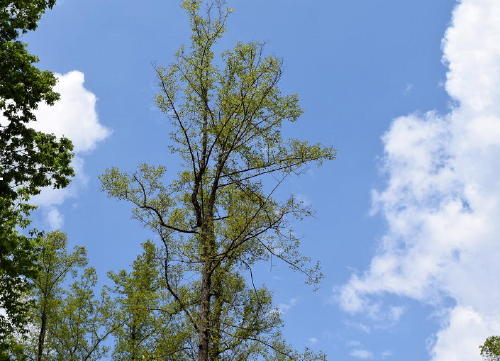
According to Russ Richardson, Forester, during the past few weeks spring has been in full swing, everything has been greening up, the trees have been leafing out and shade in the daytime woods has been getting darker. Recently, in local woodlots where yellow poplar is the most common tree, the woods have become strangely bright with a yellowish tinge to the light and shade seems to be in unusually short supply. Thank the native forest pest, yellow poplar weevil.
On Monday, the West Virginia Department of Agriculture confirmed that an outbreak of yellow poplar weevils is underway this spring. The outbreak is due, at least in part, to another warm winter with no hard freezes or prolonged periods of cold weather to kill forest pests.
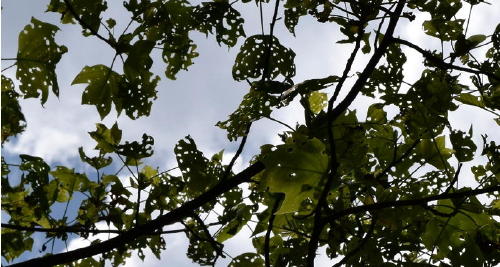
After being inactive and nearly invisible in West Virginia for over fifty years, yellow poplar weevils are devouring emerging yellow poplar leaves for at least the third time since 2012. Damage to leaves is visible in yellow poplars in much of central West Virginia with moderate to severe damage in areas of Calhoun, Braxton, Gilmer, Lewis and Harrison Counties.
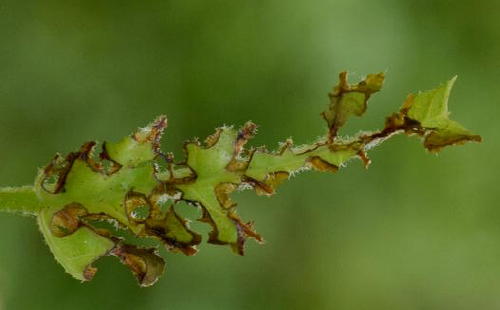
A newly-opened yellow poplar leaf that will not benefit the tree
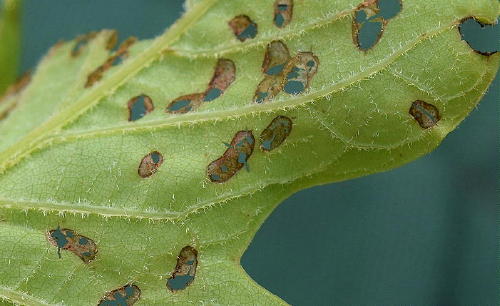
The damage to poplar leaves is still occurring and the potential impact on local trees is unknown at this time. Browning and dying of poplar leaves is caused by the extremely small yellow poplar weevil larvae “mining” the leaves and destroying them by “mining” or eating the inside middle portion of the leaf.
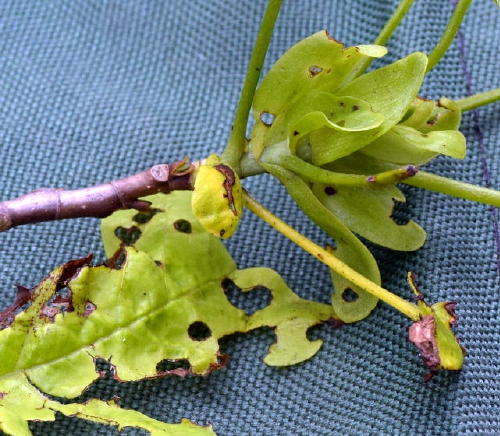
Some of the worst damage is to leaves that never get to open. Leaves that do open are misshapen and often are not attached to the twig as strongly as normal and can break from the tree during stormy weather or a hard wind. Four of eight leaves emerging from this twig died. The remaining four leaves are severely misshapen.
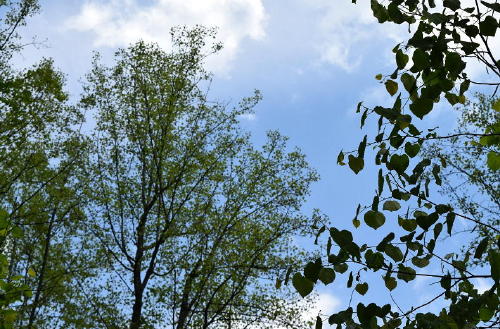
2012 and 2105 defoliation by yellow poplar weevils resulted in significant yellow poplar mortality in poplar in Braxton, Nicholas and Webster Counties. With the additional sunlight getting to the forest floor, the impacted areas are hotter and drier, compounding the stress from defoliation on the trees resulting in the death of previously healthy vigorous trees.
For additional information or to report heavy defoliation in your area, contact the West Virginia Department of Agriculture at 304-558-2212.